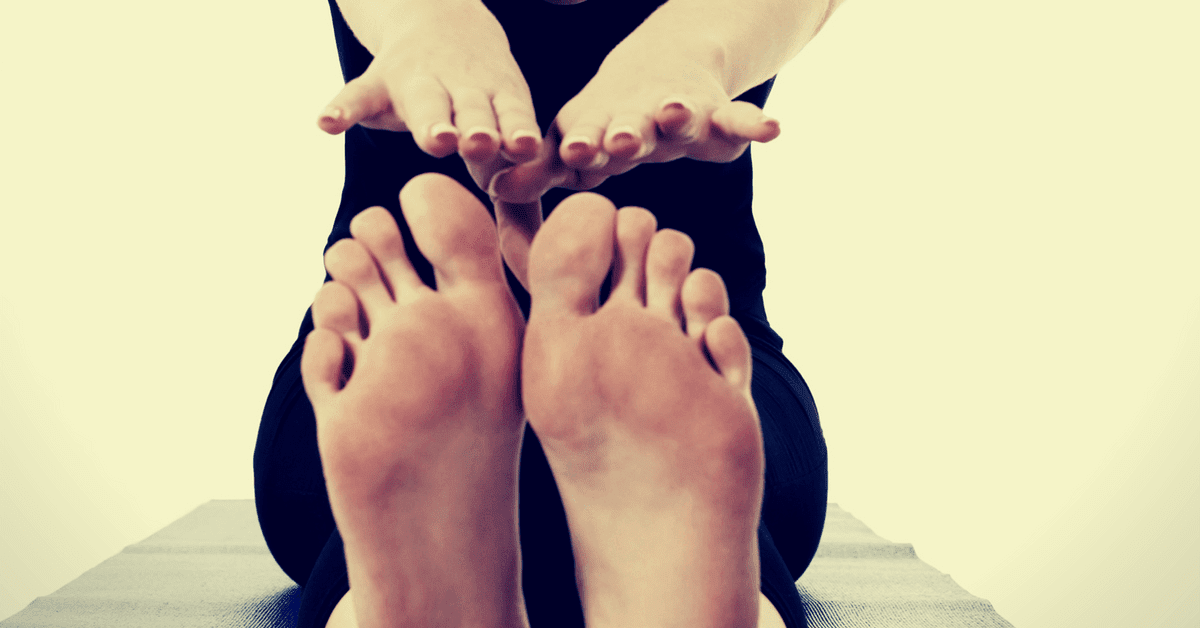When developing a program for a client, the biggest hurdle that many personal trainers face is figuring out whether that client has enough mobility to do a given exercise. Specifically, can your client get her arms over her head or flex her hips sufficiently to attempt a deadlift from the floor without any secondary movement occurring? Now you can find out with two easy exercises.
In coming up with this, I wanted to make an assessment that was so incredibly simple that anyone can do it without any equipment, technical proficiency in the movement, or prior coaching on how to set it up. The result is, the world’s easiest assessment that'll help you figure out if a client has the necessary mobility to do about 90 percent of the movements in the gym. And you don’t even have to be there to coach it.
Exercise 1: Standing toe touch
If your client can touch the floor, your client has sufficient flexibility through his hips and spine to do pretty much all the basic exercises you’d want him to do in a gym setting.
Exercise 2: Shoulder flexion with biceps touching your ears
If your client has the shoulder mobility to go overhead in this position, your client has the mobility to do the majority of exercises you’d want him to do in a gym setting.
Just what exactly do those two steps mean for you and your client?
This assessment tells you if your client has enough mobility that we could get to training and coaching the hell out of the movements. If not, we know the individual may need further testing to see if there’s a specific restriction, or whether he or she just needs to get moving again.
If either of these two movements is limited, it may mean you have to work with your client on improving mobility before attacking some of the more complex positions in certain exercises, such as deadlifting from the floor, squatting below parallel, overhead pressing, or getting a bar behind your client’s neck.
Further, if either of these movements produces pain, it would warrant further investigation. However, if there’s no specific history of injury to the area, they shouldn’t cause any problems at all and can be done by clients of all ages and ability levels, with zero equipment or personal aptitude.
Obviously, this isn’t a comprehensive assessment of every joint and restriction that could prevent your client from doing an exercise or a weight training program, but it looks at the two major joints of the body (hips and shoulders) that could very likely be the main sticking points for many problems you would see in a movement capacity.
This is one of the first assessments I’d use with elderly clients who don’t report a specific history of injury to either their hips, spine, or shoulders. That way I could check their overall mobility, especially if their level of training wouldn’t warrant an assessment that requires high-level motor control or balance. We might get there, but this is a solid starting point.
Why you should do this awesome assessment
In many other healthcare settings, simple measurements can have profound effects on deciding how a patient or client should be treated. For instance, body mass index (BMI) measurements affect medication doses, neck circumference affects sleep apnea treatments, waist-to-hip ratio affects obesity classifications, and so on. Then, it wouldn’t be obtuse to think that our two metrics here can identify a need for improving mobility or not requiring more (note the word “requiring” versus “could always use more”).
Plus, it’s a great assessment for online personal trainers. It caters to clients who might live in a remote location and don’t have access to a professional for a full assessment to determine whether a program could work well for them or not. It could help you decide whether you need to spend extra time with your client on mobility; or whether your client can just jump in with both feet.
All in all, this simple daily assessment takes no time at all and can give helpful information about your clients. Give this a try and let me know what you think.
This blog post originally appeared on deansomerset.com. It has been reposted and edited here on The PTDC with permission.
Photo Credit: Featured Image by Stock Unlimited images










